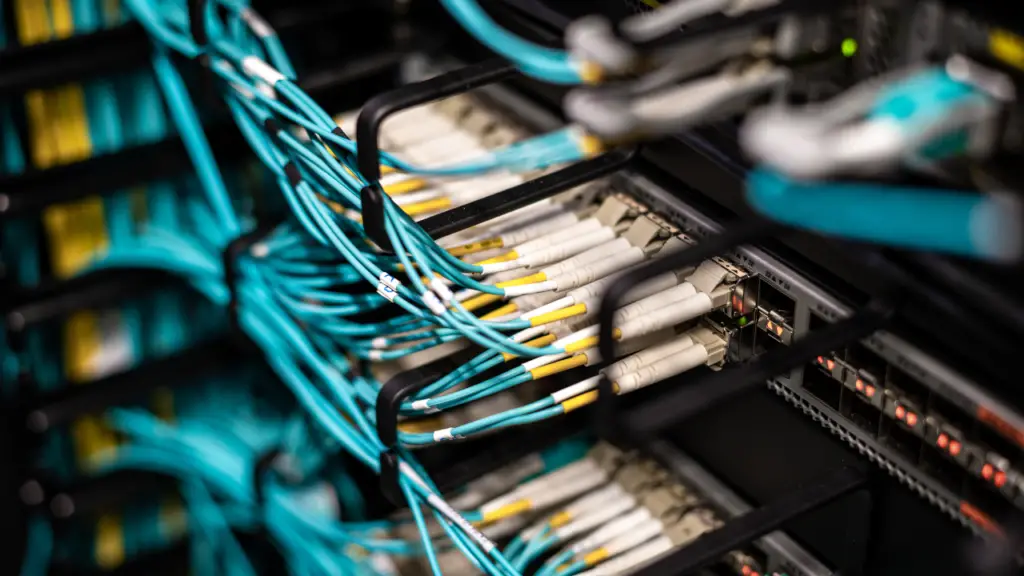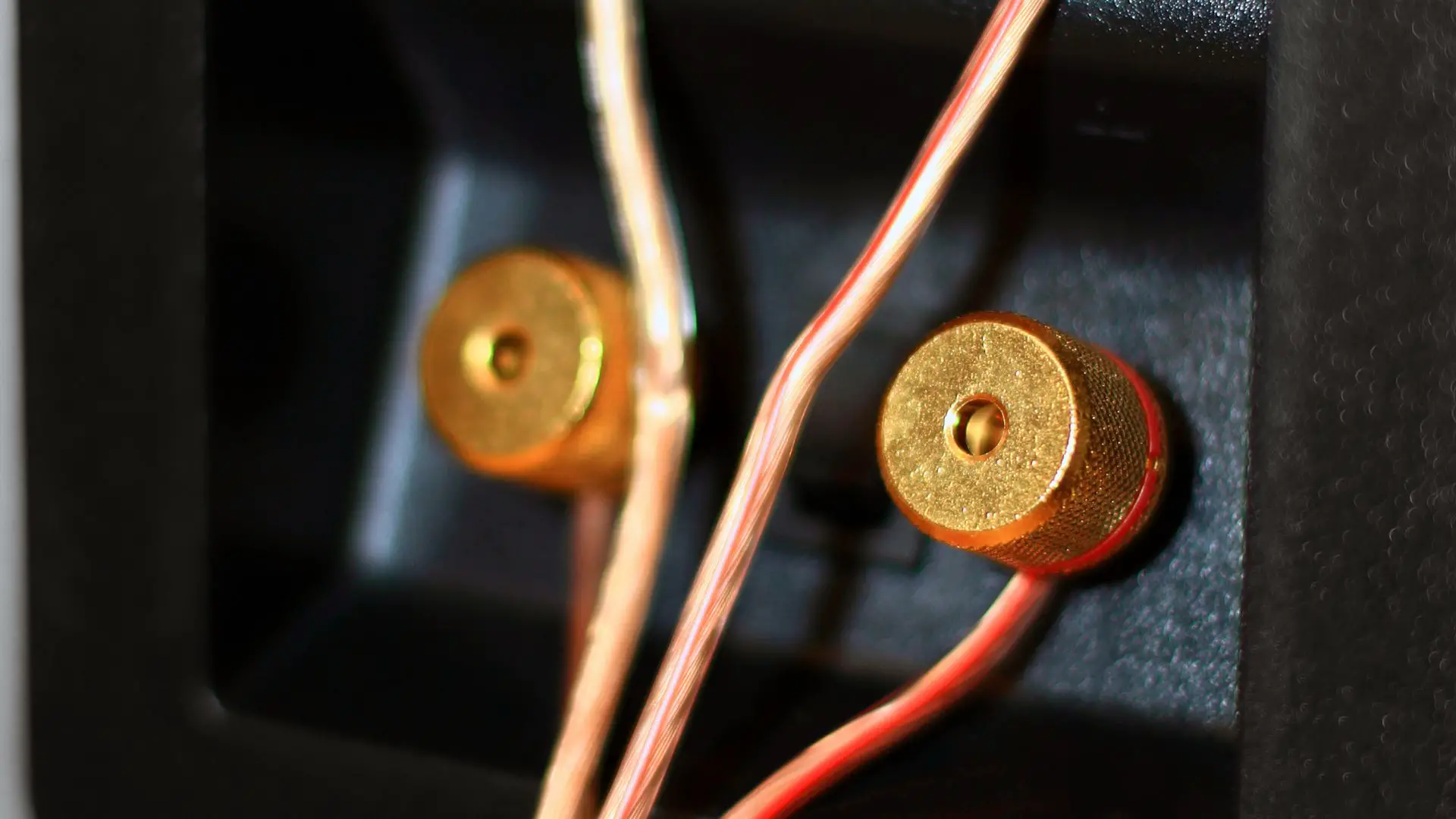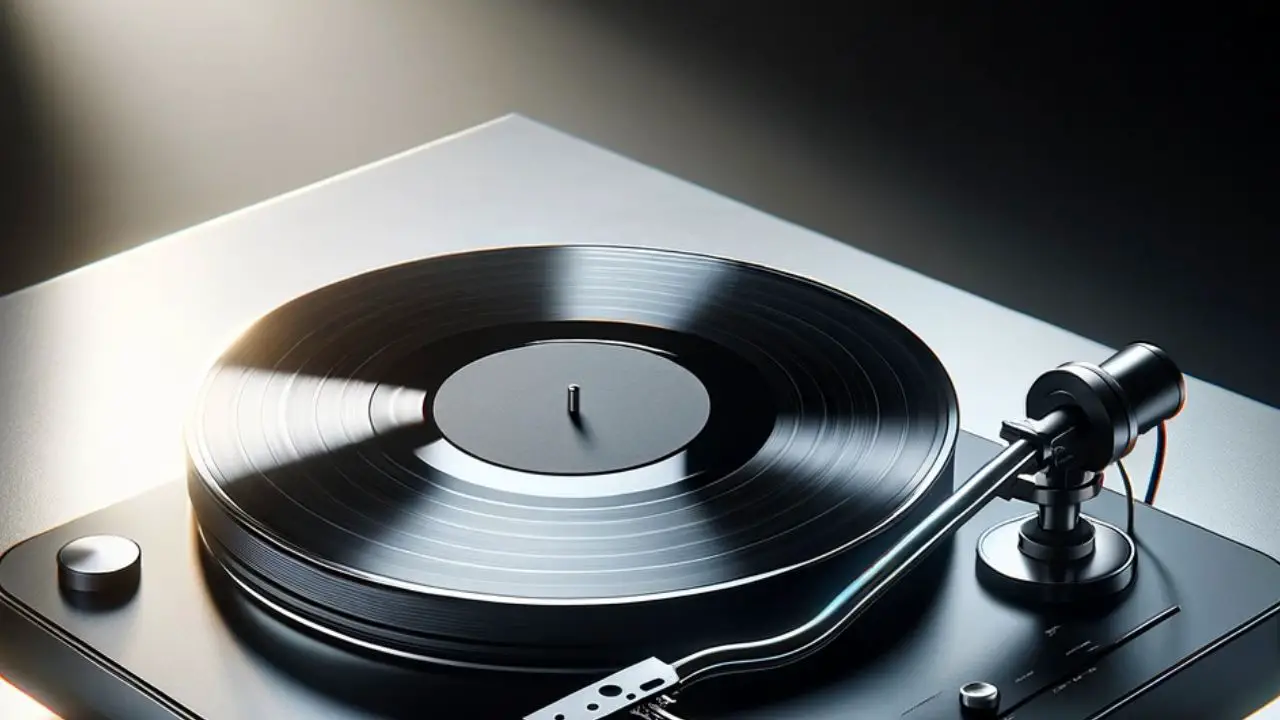As a music enthusiast, you understand the importance of exceptional sound quality when listening to your favorite vinyl records. A well-optimized turntable can significantly enhance your listening experience, allowing you to revel in the rich and warm tones of analog music. In this article, we will explore various adjustments and upgrades you can make to optimize your turntable’s sound quality and take your audio journey to new heights.
Choosing the Right Turntable
The foundation of excellent sound quality lies in selecting the right turntable for your needs. Consider factors such as the turntable’s build quality, platter material, tonearm type, and cartridge compatibility. Each component plays a crucial role in determining the overall sound performance.
Setting Up Your Turntable
Setting up your turntable correctly is essential for achieving optimal performance and audio quality. Follow the manufacturer’s instructions diligently to ensure proper setup. Begin by placing the turntable on a stable surface and ensuring it is level to prevent any disruptions to sound quality caused by uneven positioning. Moreover, eliminating vibrations is crucial as they can interfere with playback.
Another critical aspect of the setup process is aligning the cartridge accurately. Proper alignment ensures the stylus tracks the grooves of the record correctly, preventing distortion and unnecessary wear on the vinyl.
Upgrading the Cartridge
Upgrading the cartridge is a highly influential factor in enhancing sound quality. Choose a higher-quality cartridge that complements your turntable’s capabilities. Consider moving from a standard cartridge to a moving coil (MC) cartridge for a significant boost in audio fidelity and a more immersive listening experience.
Adjusting the Tracking Force
The tracking force, which refers to the downward pressure exerted by the cartridge’s stylus on the record, needs to be correctly adjusted. Too much force can damage the record and wear out the stylus prematurely, while too little force can result in skipping or distortion.
Adjusting the tracking force of your turntable’s cartridge is a crucial step in maintaining optimal sound quality and preserving your vinyl records. The tracking force refers to the amount of downward pressure applied by the cartridge’s stylus on the record’s grooves during playback.
It’s essential to find the right balance in tracking force, as both excessive and insufficient force can lead to problems. Too much force can cause unnecessary wear on your vinyl records and prematurely wear out the stylus, while too little force can result in skipping or distorted playback.
To ensure the correct tracking force, it’s advisable to follow the manufacturer’s guidelines provided in the turntable’s manual. Alternatively, you can use a tracking force gauge, a specialized tool designed to measure the force exerted by the stylus accurately.
Balancing the Tonearm
An imbalanced tonearm can cause uneven tracking and impact sound quality. Use a tonearm balance to ensure that the tonearm is parallel to the record surface, allowing the cartridge to maintain consistent contact.
Balancing the tonearm of your turntable is a critical step in achieving optimal sound quality during playback. The tonearm is the arm-like component that holds the cartridge and stylus, responsible for tracking the grooves on the vinyl record. An imbalanced tonearm can lead to uneven pressure being exerted on the stylus, resulting in inaccurate tracking and potential damage to your precious vinyl collection.
To address this issue, it’s essential to use a tonearm balance, a tool specifically designed to help you achieve the correct balance of the tonearm. The process involves making sure that the tonearm is perfectly parallel to the record surface when it hovers over the vinyl.
Here’s how to balance the tonearm properly:
- Zero the Tonearm: Start by ensuring that the turntable is powered off and the tonearm is in its resting position or “zero point.” This position is where the tonearm hovers above the platter without touching the record.
- Adjust the Counterweight: Most turntables come with a counterweight at the rear of the tonearm. This counterweight allows you to adjust the tracking force applied to the stylus. The tracking force is the downward pressure that keeps the stylus in the record’s grooves. Check your turntable’s manual or specifications to determine the appropriate tracking force for your cartridge.
- Set the Tracking Force: Once you know the recommended tracking force, adjust the counterweight to match this value. Some tonearms have a calibrated scale, while others might require a tracking force gauge to ensure precise measurements.
- Balancing the Tonearm: With the tracking force set correctly, it’s time to balance the tonearm. Using the tonearm balance, gently lower the tonearm onto the balance. The tonearm should rest horizontally without any tilting. If one end is lower than the other, it indicates an imbalance.
- Adjust the Anti-Skate: Some turntables have an anti-skate adjustment, which helps counteract the inward force exerted on the tonearm as it tracks the grooves. Adjust the anti-skate control to match the tracking force to maintain balanced tracking.
- Recheck the Balance: After adjusting the anti-skate, recheck the balance of the tonearm. Repeat the process until the tonearm remains perfectly parallel to the record surface.
Balancing the tonearm ensures that the cartridge’s stylus maintains consistent and even contact with the record’s grooves throughout the entire playing process. This balanced tracking is crucial for accurate audio reproduction and preventing unnecessary wear on your vinyl records.
Taking the time to properly balance your turntable’s tonearm, you can significantly improve sound quality and preserve the lifespan of both your turntable and vinyl collection. Regularly check the balance, especially if you transport or move your turntable, to ensure your analog music experience remains top-notch.
Upgrading the Phono Preamp
The phono preamp, also known as the phono stage, plays a crucial role in the audio chain of a turntable. It is responsible for amplifying the small electrical signals generated by the cartridge as it reads the grooves of the vinyl record. These signals are then brought up to line level, making them suitable for further amplification by your audio system.
Consider upgrading to a higher-quality external phono preamp to unlock the full potential of your turntable’s sound quality. A better phono preamp can provide several benefits, including improved sound clarity and definition. It can enhance the nuances and details in the music, allowing you to experience a more faithful and engaging performance.
Record Cleaning and Maintenance
Clean and well-maintained records contribute to better sound quality. Invest in a good record cleaning brush or a record cleaning machine to remove dust, debris, and static from your vinyl collection.
Upgrading Interconnects and Cables

Upgrading interconnects and cables is a simple yet effective way to elevate the sound quality of your turntable setup. Interconnects and cables play a critical role in transmitting electrical signals between various audio components, including the turntable, phono preamp, and amplifier.
Investing in high-quality interconnects and cables can yield substantial improvements in sound reproduction. These upgraded cables are engineered to minimize signal loss and electromagnetic interference, ensuring that the audio signals travel with utmost clarity and accuracy.
By reducing signal loss, you preserve the integrity of the audio information, resulting in a cleaner and more detailed sound output. The music becomes more defined, with enhanced instrument separation and a heightened sense of realism.
Moreover, upgrading your interconnects and cables can also reduce noise and interference, resulting in a quieter background. This allows for greater immersion in the music, as the subtle nuances and delicate notes become more discernible.
In summary, don’t underestimate the impact of high-quality interconnects and cables in your turntable setup. They serve as the essential link between your components, and by investing in superior cables, you can unleash the full potential of your turntable and enjoy an audio experience that is both refined and captivating
Isolation and Vibration Control
Isolation and vibration control are essential factors in achieving optimal sound quality from your turntable. External vibrations can negatively impact the performance of your turntable, leading to unwanted resonance and affecting sound clarity.
To mitigate these issues, consider using isolation platforms or specially designed turntable feet. Isolation platforms are engineered to absorb and dissipate vibrations before they reach the turntable. Placing your turntable on an isolation platform creates a buffer zone, shielding it from vibrations originating from the environment or nearby speakers.
Similarly, specially designed turntable feet can effectively isolate the turntable from the surface it sits on. These feet incorporate materials that dampen vibrations, preventing them from interfering with the delicate components of the turntable.
Implementing isolation and vibration control measures, you can enjoy a cleaner and more focused sound reproduction. The reduction of external vibrations allows the turntable’s stylus to accurately track the grooves of the record, resulting in enhanced clarity and improved overall audio performance. As a result, you can fully immerse yourself in the music and rediscover the true magic of vinyl playback.
Turntable Belt Replacement
Turntable belt replacement is a vital maintenance task for belt-driven turntables. Over time, the belt can become worn-out or stretched, affecting the turntable’s playback speed and sound quality.
A worn-out belt can lead to speed inconsistencies, causing the music to play too fast or too slow. This not only alters the pitch of the music but also degrades the overall listening experience. Additionally, a stretched belt may slip, causing the turntable to struggle in maintaining a stable rotation, resulting in uneven playback and potential damage to the vinyl records.
To maintain optimal performance, it is recommended to periodically replace the turntable belt. The frequency of replacement may vary based on the turntable’s usage, but a general rule of thumb is to replace it every 1 to 3 years.
Replacing the turntable belt as needed, you can ensure smooth and consistent rotation, preserving the accuracy of the music playback and protecting your valuable vinyl collection. Regular maintenance not only prolongs the life of your turntable but also ensures that you continue to enjoy the full and rich analog sound that vinyl records have to offer.
Tonearm damping can minimize unwanted vibrations in the tonearm, reducing distortion and improving overall sound quality. Upgrading to a tonearm with better damping capabilities can yield noticeable improvements.
Stylus Upgrade
Upgrading the stylus (needle) of your cartridge can significantly enhance your vinyl listening experience. The stylus is a crucial component that directly interacts with the grooves of the record, translating the physical movements into electrical signals that create sound.
Choosing a higher-quality stylus, you can unlock the true potential of your vinyl collection. A superior stylus is designed with precision and expertise, allowing it to retrieve more fine details from the grooves of the record. This level of accuracy and sensitivity translates into a more nuanced and enjoyable listening experience.
With an upgraded stylus, you’ll notice improved clarity in the music, revealing subtleties that may have been previously obscured. The soundstage opens up, and instruments and vocals gain a greater sense of separation, creating a more immersive and engaging musical presentation.
Moreover, a high-quality stylus is gentler on your vinyl records, reducing the wear and tear on the grooves. This means your cherished vinyl collection can last longer and remain in pristine condition for years to come.
Overall, upgrading the stylus is a worthy investment for audiophiles and music enthusiasts who seek to extract the utmost musical fidelity from their vinyl records. The improved detail retrieval and heightened listening pleasure make it a significant upgrade that can truly elevate your vinyl playback to new heights.
Hum and noise can detract from the listening experience. Ensure proper grounding and positioning of your turntable to minimize unwanted noise.
Conclusion
Optimizing your turntable’s sound quality involves a combination of thoughtful adjustments and well-chosen upgrades. By following these steps and investing in high-quality components, you can elevate your listening experience to new heights, immersing yourself in the captivating world of analog music.
FAQs
1. How often should I replace the turntable belt? Turntable belts should be replaced every 1 to 3 years, depending on usage and wear.
2. Can I use a moving coil cartridge with any turntable? Not all turntables are compatible with moving coil cartridges. Check your turntable’s specifications before considering an upgrade.
3. Do I need an external phono preamp? Some turntables have a built-in phono preamp, while others require an external one. Check your turntable’s features to determine if an upgrade is necessary.
4. Can I upgrade the tonearm on my turntable? In some cases, tonearm upgrades are possible. However, it’s essential to ensure compatibility and seek professional assistance if needed.
5. How do I know if my turntable needs anti-skate adjustment? If you notice one channel producing distorted sound or experience tracking issues, it might indicate the need for anti-skate adjustme




